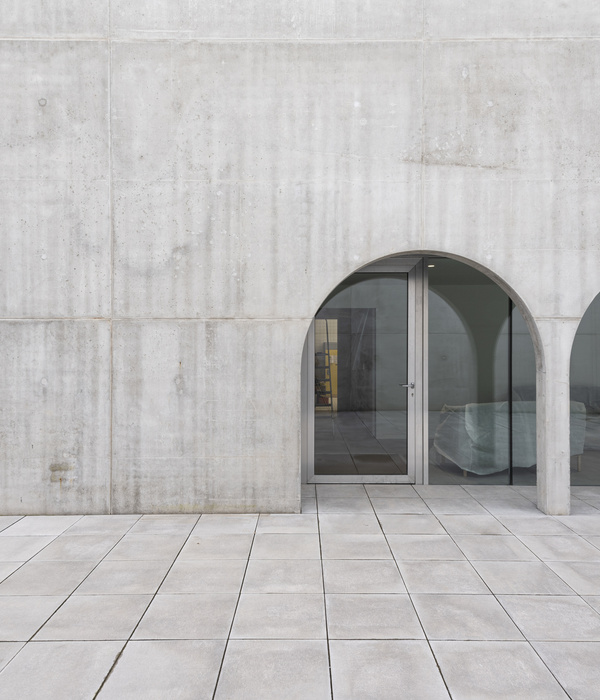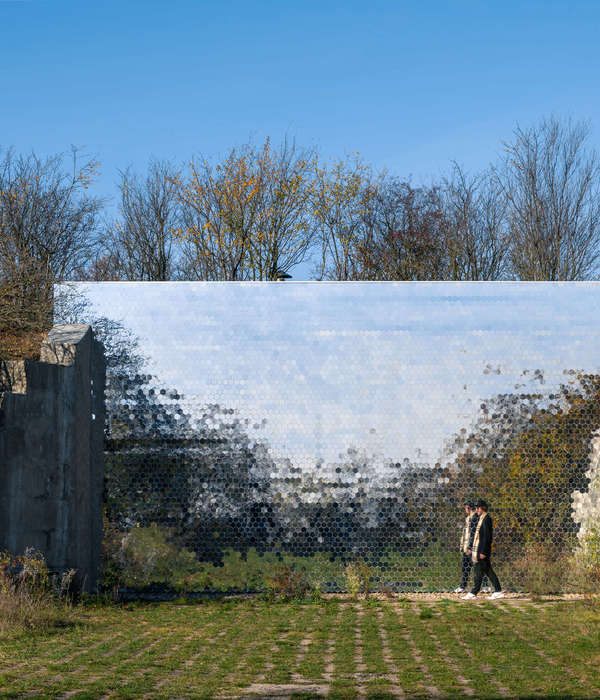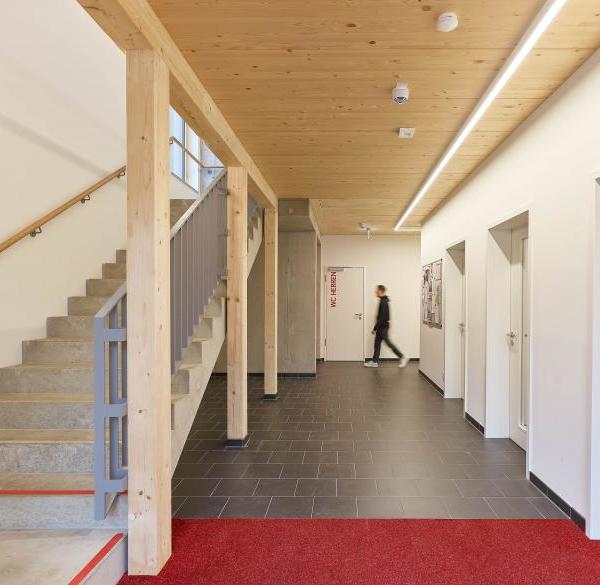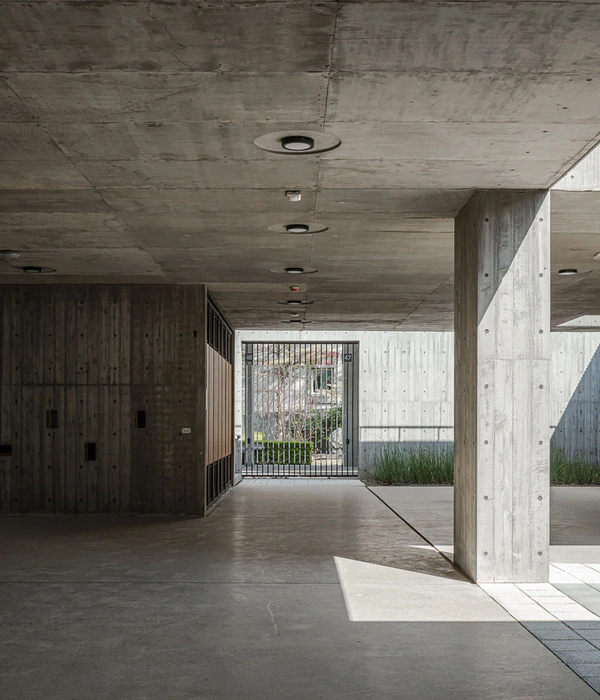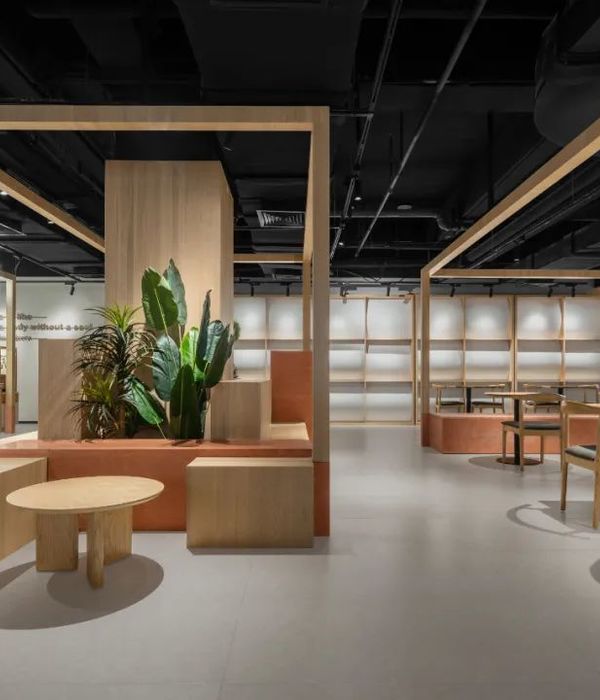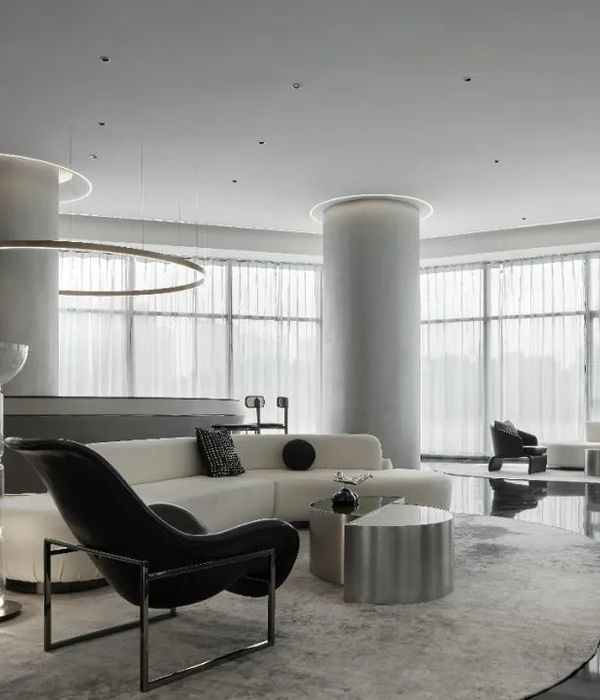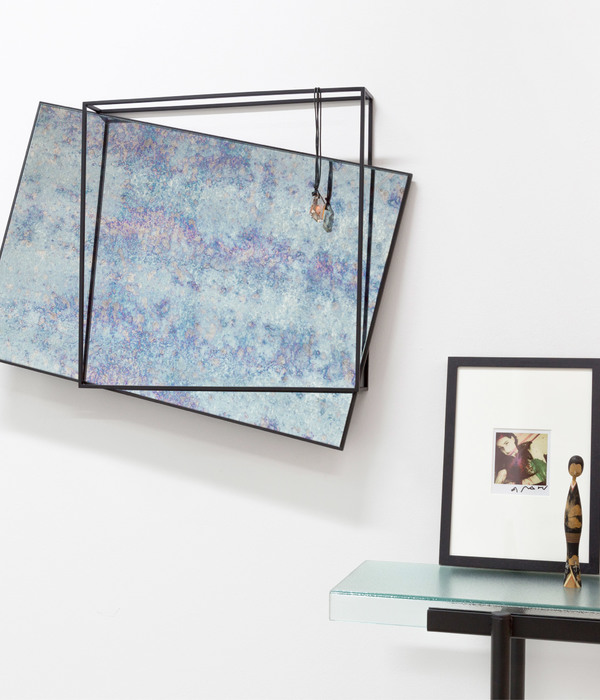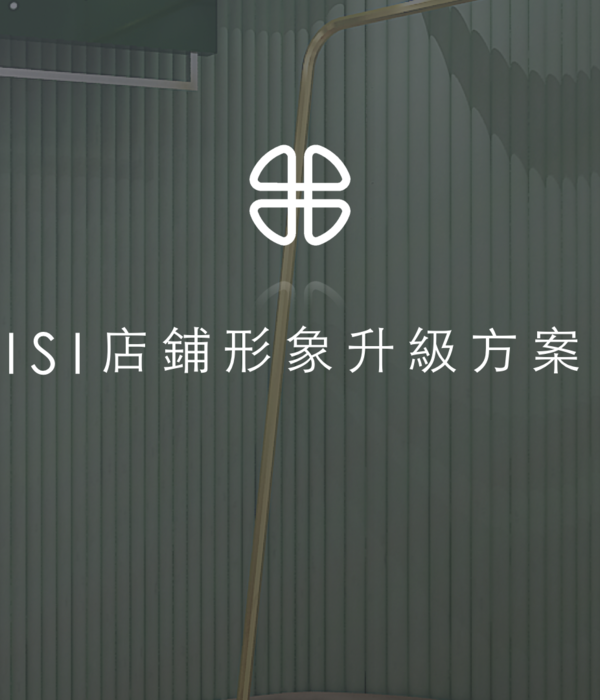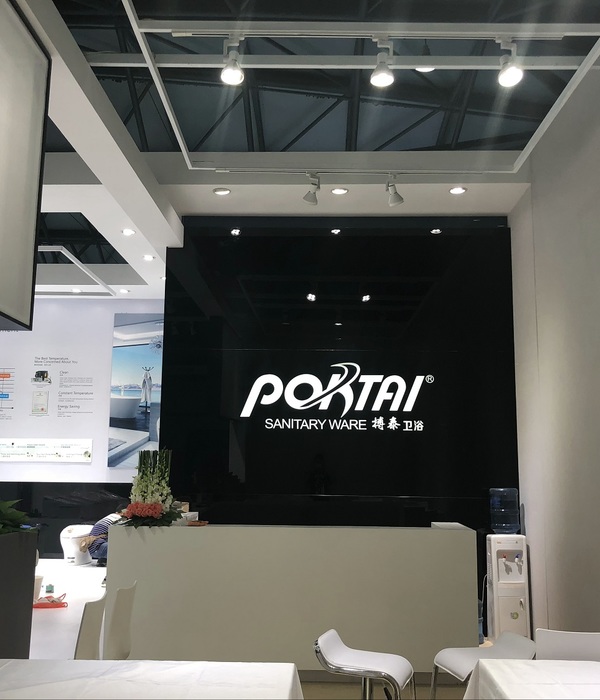鹿特丹博伊曼斯·范·伯宁恩博物馆公共艺术仓库
the Depot Boijmans Van Beuningen
▼MVRDV荷兰新研究所回顾展,MVRDVHNI: The Living Archive ©上:Florine van Rees,下:Aad Hoogendoorn
展出的项目按照时间排序,分为三个主题:「人类」代表MVRDV强调社会意识和以人为本的设计;「绿色」代表反映MVRDV可持续发展目标的实践;「梦想」则代表了 MVRDV的创造雄心,用大胆而杰出的设计激发人们的好奇心。
Projects in the exhibition are ordered according to a Darwinist evolutionary chronology, divided into three themes: “human”, which describes MVRDV’s socially conscious and people-centred designs; “green”, which speaks to its sustainable goals; and “dream”, which encompasses MVRDV’s ambition for bold, remarkable projects that inspire wonder in their users.
▼展览空间概览,overall view of the exhibition space ©Aad Hoogendoorn
▼三种颜色代表三个主题,three colors representing three themes ©Aad Hoogendoorn
“这次展览展现了当今全球最具创新性的建筑工作室之一——MVRDV的活跃实践,发起事务所与其档案文献、研究人员和其他相关方之间的对话,通过这些对话,我们能够进一步理解了建筑实践的丰富可能性。”
“This exhibition will shed light on the dynamic workings of one of the most innovative architecture studios today, and how a dialogue between the firm, its archive, researchers, and others can further enrich our understanding of the possibilities of architectural practice”.
——Aric Chen,荷兰新研究所 艺术总监
▼观展的人群,people watching the exhibition ©Aad Hoogendoorn
此次展览以展现MVRDV的档案资料为主题,重点介绍历年的设计项目,也展示了用来表达设计过程的介质材料。不仅有模型和照片,还包括草图、图纸、材料样本、交付给客户的汇报文本,甚至与工程师和承包商的沟通信件。展览尽可能以原有的形式展示这些资料;例如,最初用模拟相机拍摄的照片被打印并陈列在展桌上,而数字照片则通过展厅内陈设的多台计算机屏幕显示。
The MVRDVHNI exhibition is concerned with unveiling an archive, and as such, the focus is placed as much on the materials that show the design process as it is on the finished designs themselves. The exhibition contains not only models and photographs, but also sketches, drawings, material samples, presentation booklets delivered to clients, and even correspondence with engineers and contractors. As much as possible, the exhibition presents materials in their original format; for example, photographs originally taken on an analogue camera are printed and presented on tables, while digital photographs can be seen on the many computer screens placed around the exhibition space.
▼不同的展览介质,various exhibits ©Florine van Rees
▼模型,models ©Florine van Rees
▼模型细部,details of the models ©Florine van Rees
展览关注的另一个议题是模拟与数字之间的差异。MVRDV成立于 1993 年,是“天生数字化”的一代,也是首批通过数字形式建立档案库的公司之一;2015年,MVRDV向荷兰新研究所捐赠了存档中的前 400 个项目,这是新研究所首次获得如此大规模的数字档案。随着访问大量文件的传统方式逐渐失效,为此,MVRDV的NEXT技术团队专门开发了名为“项目信息数景 ProjectScape”的软件,用创新的方法,帮助访问者根据自己的需求搜索项目信息。Namelok软件可以分析 MVRDV 图像文件中出现的人物,而通过Giacomo Nanni 和 Francesca Morini 开发的搜索引擎,人们可以从事务所内外往来的数十万封邮件中查找例如“可持续”这样的关键词。
One aspect of the exhibition concerns itself precisely with this analogue-digital divide. MVRDV, founded in 1993 and ‘born digital’, was among the first generation of firms to create a mostly digital archive; when it donated the first 400 projects in its archive to Het Nieuwe Instituut in 2015, it was the first digital archive of this size the institution had ever acquired. Traditional methods of making this vast collection of files accessible failed, and therefore innovative tools have been created to further reveal the archive: ProjectScape, a digital software developed specially for this purpose by the MVRDV NEXT studio, allows visitors to explore the projects according to their own lines of investigation. A software by Namelok analyses the people in the images by MVRDV, while a search engine by Giacomo Nanni & Francesca Morini allows visitors to check when aword such as “sustainability” emerged in the hundreds of thousands of emails the practice has sent and received.
▼数字化的展览内容,digitalized exhibition ©Aad Hoogendoorn
最后,通过与新研究所策展团队的合作与对话,展览进化为复杂的矩阵形式。新研究所运用自己的“收藏研究方法”对全部400个项目进行了典型性研究,分析了诸如MVRDV 作品中数据的价值、人物配景的视觉表达,或是持续出现的桦木等主题和元素。展览本身也呼应了三个主题,尤其是“绿色”主题:利用回收的家具作为展陈设施,展览结束后,许多设施将被继续重复使用,减少材料浪费。
Finally, the collaboration and dialogue with HNI’s curation team transforms this exhibition of layers into a complex matrix. Their “collection studies” take a cross-sectional look at the entire set of projects, investigating topics such as the value of the data in MVRDV’s work, the development of human depictions in the visual communication of the work, or the continuous presence of birch trees. The exhibition itself is also emblematic of the three themes, particularly the “green” thread: MVRDVHNI will be furnished with used furniture and, after the exhibition, the material will be reused to generate minimal waste.
▼可回收利用的展陈设施,recyclable display tables ©Aad Hoogendoorn
“在这场以MVRDV档案收藏为特色的主题展览中,我们展出了事务所创立之后的前400 个项目,但我们不愿意称其为“历史”项目,因为在我们当下的日常实践中,依然活跃着这些项目的影子。从最早的项目,到面向2300年的设计或者未来更远的时间,我们曾经的一些想法、理念、类型和元素不断地重复出现。因此,通过展览来分析和探讨这些早期项目以及它们对现在和未来的影响,具有非常重要的意义,对我们来说,它们并不是历史文物,而是依旧存在和不断进化的思想。”
“When asked about the meaning of the first 400 projects for this monographic exhibition featuring the MVRDV archives, we were reluctant to declare these projects historic”,“This is because in our daily practice they are still very much alive. From the very first projects to projects that envision a future in the year 2300 and beyond, there are ideas, philosophies, typologies, and elements that continuously reappear. It therefore became important for the exhibition to elaborate on the present and future of these first projects, and not to view them as artifacts, but living ideas.”
——Jan Knikker ,MVRDV 合伙人
MVRDVHNI 档案展已于2021年11月6日开幕,成为荷兰新研究所历史上访问人数最多的展览开幕式之一。展览将持续展出至2022年9月4日,也被世界权威在线设计杂志Dezeen评为2022年全球前11项最佳建筑活动之一。
MVRDVHNI: The Living Archive of a Studio opened with an open house celebration at HNI on Saturday November 6th, becoming among the most visited exhibition openings in the history of HNI. The exhibition will remain on display until September 4th 2022, and has been listed by Dezeen as one from the eleven best architecture events in 2022.
▼展览开幕表演,performance at the exhibition opening ©Florine van Rees
{{item.text_origin}}



